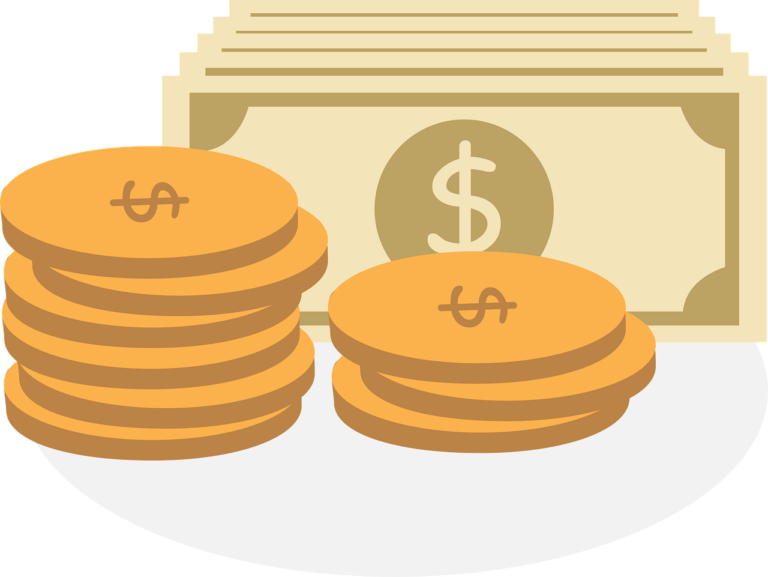How to Set Up Automatic Payments: A Step-by-Step Guide

Automatic payments are a convenient and efficient way to manage your bills and recurring expenses. By automating your payments, you can ensure that your bills are paid on time, avoid late fees, and reduce the hassle of manually scheduling payments each month. Whether it’s for utilities, credit cards, or subscription services, setting up automatic payments can significantly streamline your financial management. Here’s a comprehensive guide to help you set up automatic payments efficiently and securely.
Assess Your Bills and Recurring Expenses
The first step in setting up automatic payments is identifying which bills and recurring expenses you want to automate. Common bills suitable for automatic payments include:
- Utilities: Electricity, water, gas, and internet bills.
- Loans: Mortgage, car loan, personal loan, and student loan payments.
- Credit Cards: Monthly credit card payments.
- Subscriptions: Streaming services, gym memberships, magazine subscriptions, and other services.
- Insurance: Health, auto, and home insurance premiums.
Make a list of all your recurring expenses to have a clear understanding of what needs to be automated.
Choose the Right Payment Method
When setting up automatic payments, you can typically choose from several payment methods:
- Bank Account: Directly link your checking or savings account for automatic debits.
- Credit Card: Use your credit card to make automatic payments. This method can earn you rewards points or cash back.
- Debit Card: Link your debit card for automatic payments. This method directly debits your checking account without incurring credit card interest.
Decide which payment method works best for each expense, considering factors like rewards, interest rates, and convenience.
Set Up Automatic Payments Through Your Bank
Most banks offer the option to set up automatic payments for various bills through their online or mobile banking platforms.
- Log In to Online Banking: Access your bank’s online banking portal or mobile app using your login credentials.
- Navigate to Bill Pay or Payments: Find the “Bill Pay,” “Payments,” or similar section.
- Add Payee Information: Enter the details of the biller or service provider, such as account numbers and billing addresses.
- Set Payment Amount and Schedule: Specify the amount to be paid and the frequency (e.g., monthly, bi-weekly). Choose the day of the month for the payment to be processed.
- Confirm and Save: Review the payment details, confirm the setup, and save the automatic payment.
Setting up payments through your bank often provides central management and security for all your automated transactions.
Set Up Automatic Payments Through Service Providers
Many service providers and creditors allow you to set up automatic payments directly through their websites or customer service portals.
- Log In to Your Account: Access your account on the service provider’s website.
- Navigate to Payment Settings: Find the “Payments,” “Billing,” or “AutoPay” section.
- Add Payment Method: Enter your payment method information, such as bank account details or credit card information.
- Set Payment Amount and Schedule: Specify the amount to be paid and set the payment frequency.
- Confirm and Save: Review the payment details, confirm the setup, and save the automatic payment.
Setting up payments directly through service providers ensures timely payments and may provide additional features specific to the biller.
Set Up Automatic Payments Using Third-Party Services
Third-party payment services like PayPal, Venmo, and TransferWise offer options for automating payments to various billers and service providers.
- Log In to the Service: Access your account on the third-party service’s website or mobile app.
- Navigate to Recurring Payments: Find the “Recurring Payments” or similar section.
- Add Payee Information: Enter the biller’s or service provider’s details.
- Set Payment Method: Specify your preferred payment method.
- Set Payment Amount and Schedule: Define the amount and frequency of the payment.
- Confirm and Save: Review and confirm the payment setup, and save the automatic payment.
Third-party services offer additional flexibility and integration options for managing your payments.
Monitor and Manage Your Automatic Payments
Once you’ve set up your automatic payments, it’s essential to regularly monitor and manage them to ensure accuracy and avoid issues.
- Check Payment Confirmations: Verify that payments are processed successfully by checking your bank statements or account notifications.
- Update Payment Information: Keep your payment methods up to date. If you receive a new credit or debit card, update the card information to avoid missed payments.
- Adjust Payment Amounts: If your bill amounts change, update the payment settings to reflect the new amounts.
- Review Transactions: Regularly review your account statements to ensure all automated payments are accurate and avoid any discrepancies.
- Set Reminders: Even with automatic payments, set reminders to review your accounts periodically, especially for variable bills like utilities.
Active management ensures that your automated payments continue to run smoothly and accurately.
Ensure Adequate Account Balance
Maintaining a sufficient balance in your bank account is crucial to avoid overdrafts and ensure payments are processed successfully.
- Track Your Balance: Regularly check your account balance to ensure it can cover all scheduled payments.
- Buffer Amount: Keep a buffer amount in your account to accommodate any unexpected expenses or payment fluctuations.
- Overdraft Protection: Consider setting up overdraft protection to cover any shortfalls and avoid overdraft fees.
Planning and monitoring your balance prevent payment interruptions and additional fees.
Security Best Practices
Ensuring the security of your financial information is crucial when setting up automatic payments.
- Strong Passwords: Use strong and unique passwords for your online banking and service provider accounts.
- Two-Factor Authentication: Enable two-factor authentication (2FA) for an added layer of security.
- Update Software: Regularly update your banking apps and devices to protect against security vulnerabilities.
- Secure Connections: Use secure, private internet connections when managing your payments. Avoid public Wi-Fi networks.
- Monitor for Fraud: Set up account alerts and monitor your accounts for any suspicious activity or unauthorized transactions.
Adhering to security best practices helps safeguard your financial information and prevent fraud.
Benefits of Automatic Payments
Setting up automatic payments offers a host of benefits that enhance your financial management.
- Timely Payments: Ensure bills are paid on time, avoiding late fees and potential damage to your credit score.
- Convenience: Reduce the hassle of manually paying bills each month.
- Financial Organization: Streamline your financial management by having a predictable schedule for payments.
- Peace of Mind: Gain confidence knowing that your bills are taken care of automatically, allowing you to focus on other important tasks.
The benefits of automatic payments contribute to a more organized and stress-free financial life.
Conclusion
Setting up automatic payments is a smart way to manage your recurring expenses efficiently and ensure timely bill payments. By identifying your recurring expenses, choosing the right payment methods, and setting up payments through your bank, service providers, or third-party services, you can automate your financial management. Regularly monitor and manage your payments, maintain adequate balances, follow security best practices, and enjoy the numerous benefits that automatic payments offer. Here’s to a more convenient, organized, and secure way to handle your finances!Run
⌘
↵






